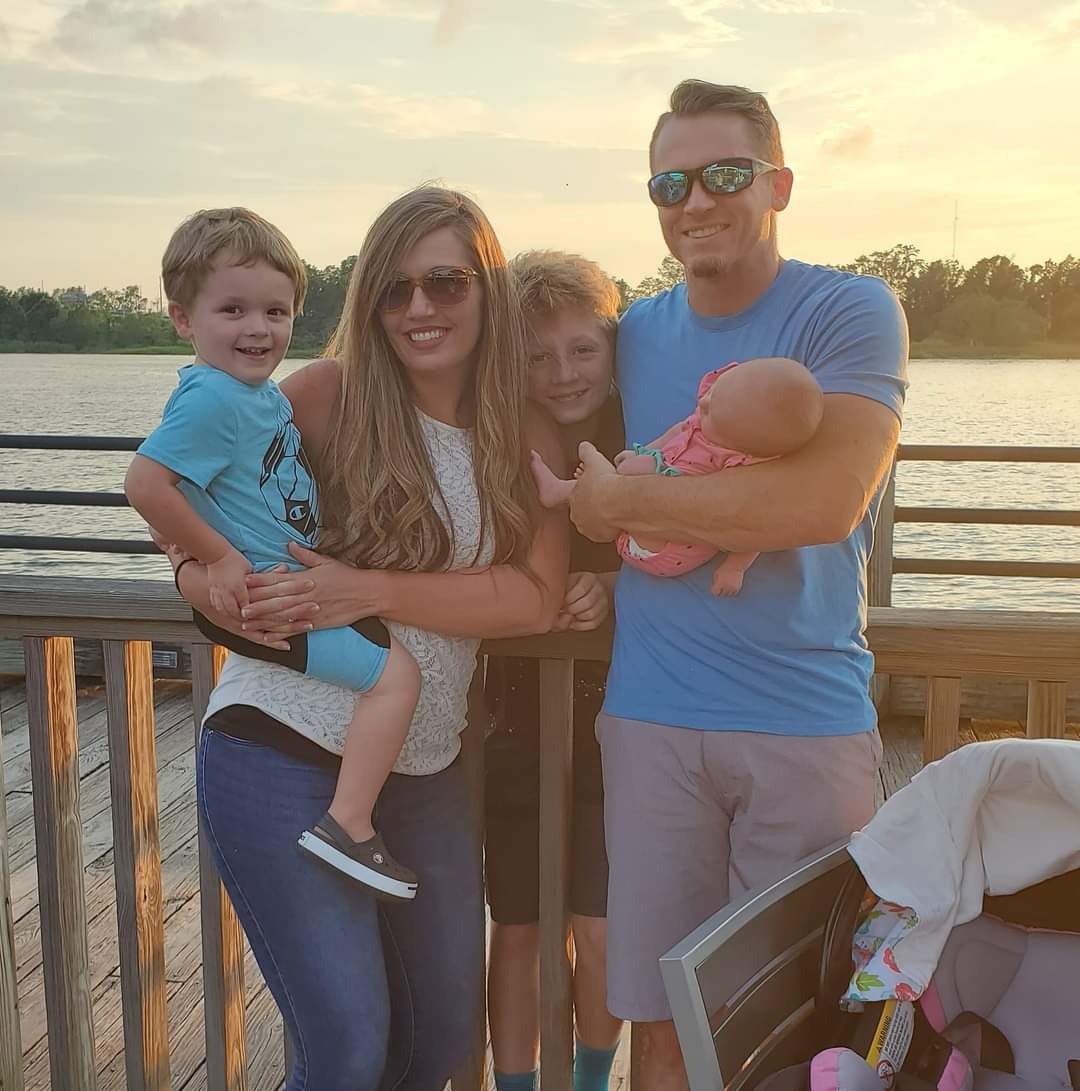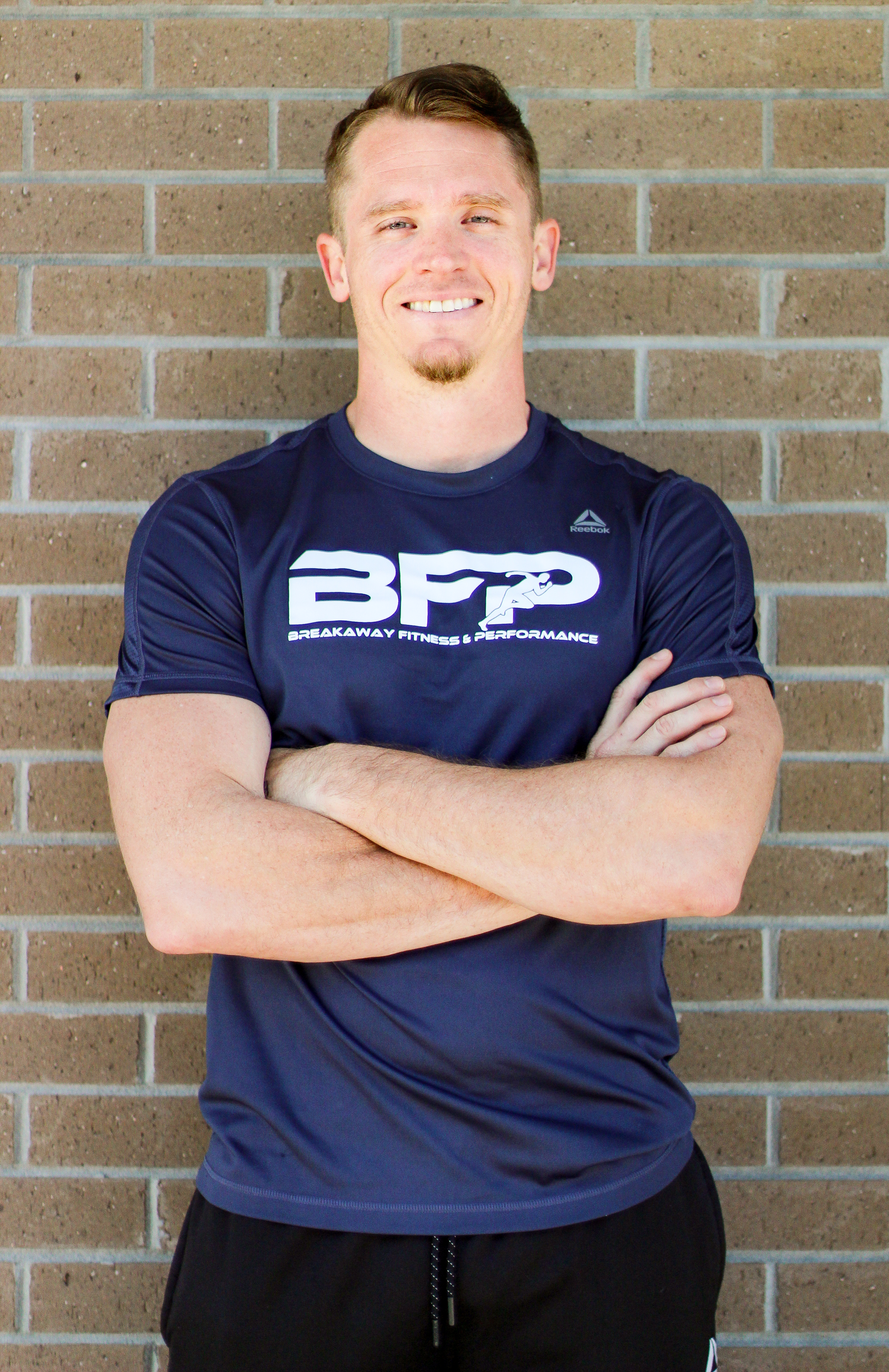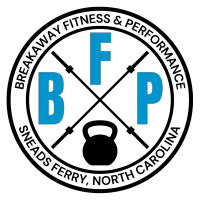WEIGHT LOSS & FITNESS BLOG

If you've already tried fad diet, don't read this. It'll break your heart.
This isn’t an article about a new fad diet. This isn’t a blog about a super low calorie diet to do for 1 month while you drink shakes twice a day and hae a meal 1x per day. We aren’t talking about eating steak and a side of fat with fat added to your coffee either.
This is however, an article that’s going to present a super non-sexy way to help you achieve weight loss, muscle gain, fat loss, or anything you want with nutrition. Spoiler alert, it’s been around a long time. In fact, we mentioned it briefly in last week’s blog from Coach Jay and her blog titled “Are You Eating Enough?”
First, I’d like to start with the most important thing to note: If your goal is weight loss (not fat loss specifically) but weight loss, you must be in a calorie deficit. Again, not an article about restricting calories and starving yourself! As Coach Jay said in her blog:
“Yes, burning more calories than you consume will cause you to lose weight, BUT are you losing the right kind of weight? When we cut calories, our body will turn to fat stores in order to keep you functioning at the optimal level. But too few calories over a prolonged period can result in the breakdown of muscle mass. Which of course, isn’t good! It can also result in a lower basal metabolic rate (BMR), which is the rate you burn calories when you do absolutely nothing. Also, not good!”
So it may not be as simple as “eat less than burn”. In fact, the waters get a little muddy when we start talking about whether you are eating enough or not.
How do we eat in a deficit and do it the right way? How do we do it in a way that is actually good for your body and can potentially turn you into a fat burning, muscle building machine? Or if you like it better, lean and toned?
Are you ready………
We track. We track everything that goes into our body. If you drink it you ink it and if you bite it you write it. Well, enter into an app. Again, not super sexy. Time consuming? At times but once you get into a routine, it’s not as time consuming as you think. Have kids and a family to provide for and think you can’t make it work? Try it. I bet you can. It may require some substitutions at meal time but it can be done and done with little inconvenience.
As a father of 3, the husband to a beautiful/amazing wife, and the one who cooks about 65% of the time, I can empathize with you.

There are numerous ways to track as well as apps galore but, here at BFP, we have started using MyFitnessPal in our Macro Nutrition Coaching programs and it seems to be the most user friendly and it has a massive database of accurate meals, snacks, and foods already stored and ready for you to click.
As stated above, if it goes in your mouth, whether liquid or food, we track it and enter it into MyFitnessPal. Don’t worry about how many calories MFP recommends. Don’t worry about goal weight either. Just start tracking.
We recommend you do this for 1-2 weeks to learn the software and get some foods into a routine. The more consistent you are with foods the less time you spend tracking. This also gives you time to review and reflect to determine potential habits and barriers that may get in your way when you really dial it in.
Once you have tracked for 1 week, now it’s time to set some goals and start watching calories. The absolute key here is to make sure you don’t just pick a number randomly or even use what MyFitnessPal gives you.
Take some time to meet with a Certified Coach or Nutritionist and discuss your specific goals. Ideally, someone who has studied under Precision Nutrition . They will have experience working with others just like you and understand what worked best for them, and then should be able to meet you in the middle to find what works best for you.
Here’s how one would generally calculate how many calories to eat if you don’t have a coach to discuss with:
If you don’t exercise at all and your job is minimally active, and you want to lose weight, simply multiply your bodyweight by 10 or 11.
If you exercise 3-4x per week and your goal is weight loss, multiply your bodyweight by 12 or 13.
If you are active everyday with vigorous exercise, walking all day at work, and training for a competition, then use a number like 14 or 15.
If you consult with a coach, we will use a specific activity multiplier for your estimated work activity as well as exercise activity so it would be slightly different methods but similar conclusions.
Pro Tip: Underestimate activity. Life gets in the way fast and furious sometimes and most folks tend to overestimate.
So, if you weigh 160lbs and you are active 3 days per week, multiply 160 by 12 and your daily calorie goal would be 1920cals. To be clear, this would keep you in a deficit as long as you were active.
It sounds easy. It’s simple, but not always easy. As with most food related subjects, what we eat is deeply rooted in our culture and for most, emotional make up. This isn’t wrong, but can make it very challenging to make changes. Most folks make the following mistakes.
Here are the top 3 mistakes folks usually make when they set a goal and start counting:
They don’t hit their calorie goal because they have been eating so little for so long and they are scared or anxious about eating that much. So many of us who get busy with kids and work tend to forget to eat and skip meals. This can lead to eating too little for far too long and make it quite a shock when we start working towards eating adequate calories to heal our body.
They overestimate the amount of weekly activity they get and they set a calorie goal that is too high and they never actually get into a deficit. Sometimes when we start a new nutrition program, it’s concurrent with an exercise program. We go from no exercise to 3 days per week (which we included in the calorie count) and we get so sore that we end up taking a full week off. This blows our nutrition plan! When you choose your activity, be conservative. Start small and use that as a way to stair step your way up in calories over time.
They set their calories correctly but it’s too much too fast. They can’t get there and they get discouraged, and either quit or find a new fad diet to try. We get a goal set and it’s totally unattainable! This is where your coach can come in and help. We can help guide you and stair step your way up. Let’s say you’ve been eating 1200 cals a day. You know this from your 1 week of tracking but you need to hit the 1920 recommended. That’s a big jump! That’s a full meal or more for some! Instead, a coach could help start you out at 1500 cals for 2 weeks, 1700 for the next 2 weeks, and then 1900 for the following 2 weeks. It could be as simple as that.
Are there other ways to count besides just calories or should I be counting macros?
Yup! But we will save that for another time! Let’s accomplish 1 thing at a time for now.
So let’s review:
Start by tracking in MyFitnessPal for 1 week
Consult with a Coach to help set a calorie goal
Track in 2 week increments measuring you progress every 2-4 weeks and talk with your coach on making adjustments along the way.
Most importantly: Be patient. Be ruthlessly consistent. Have compassion for yourself when you aren’t.
Thanks,
Coach Joe



Are you Ready to become
sTRONG - FIT - cONFIDENT?
Click the Button To Start Your Journey Today!!


